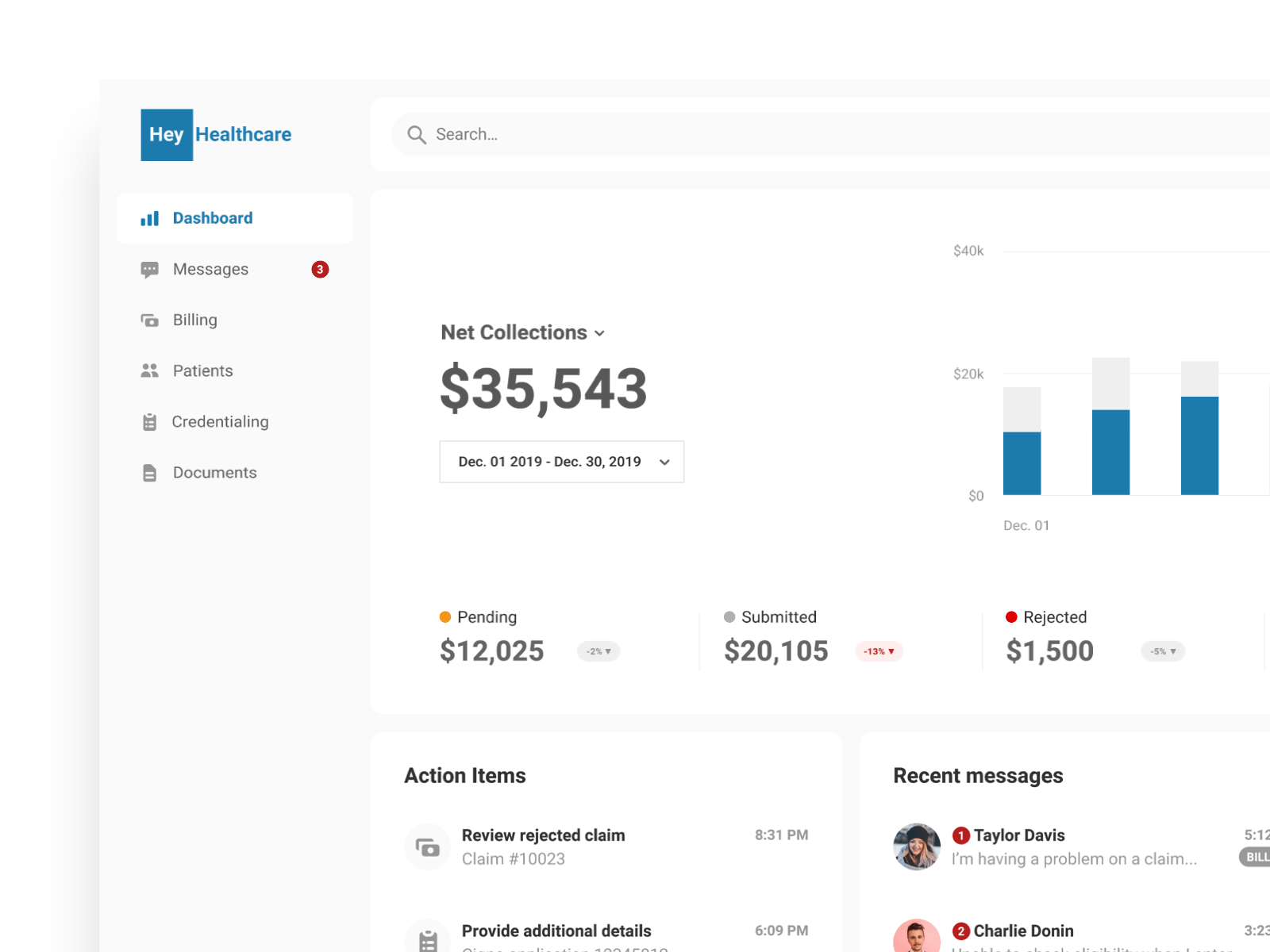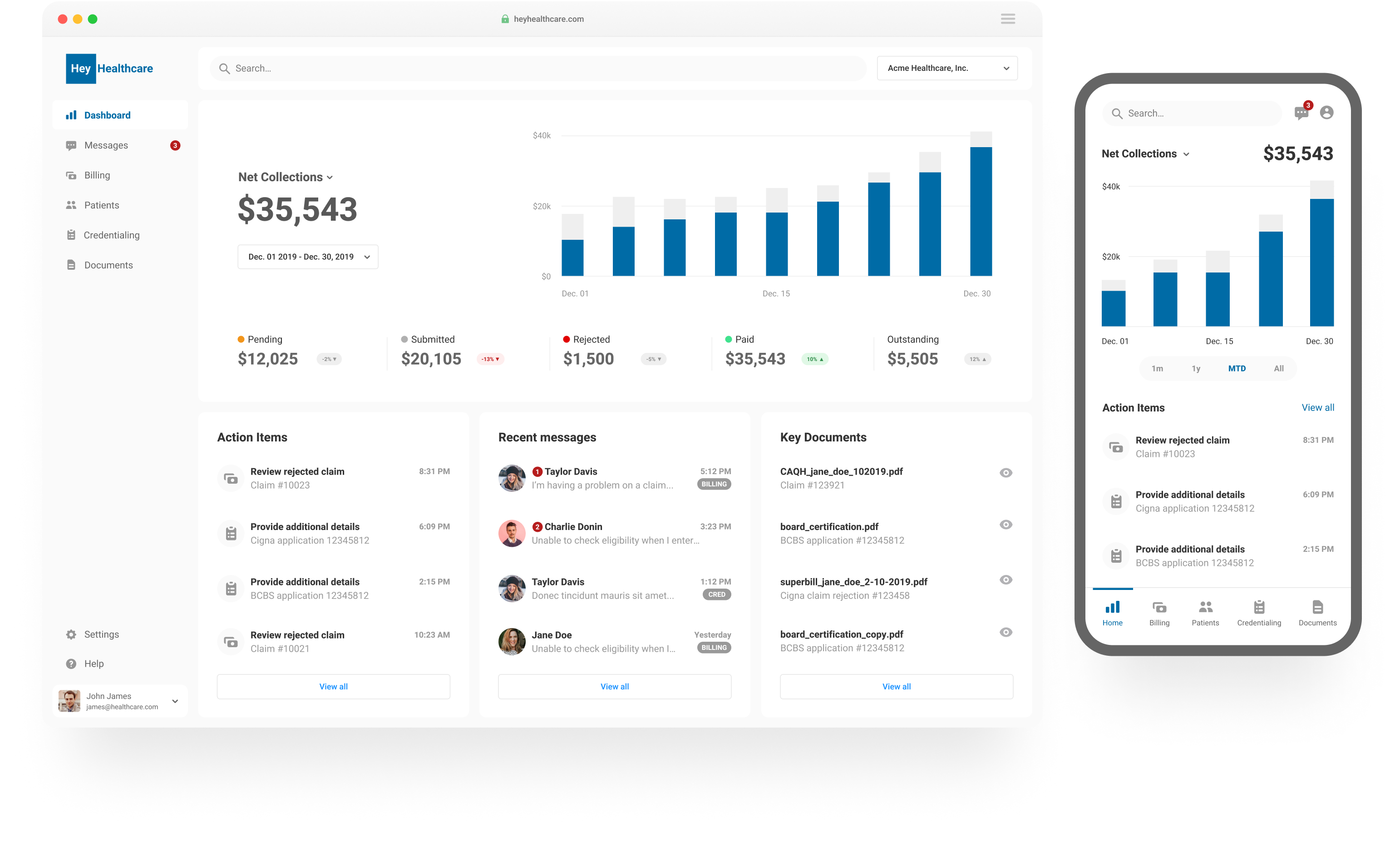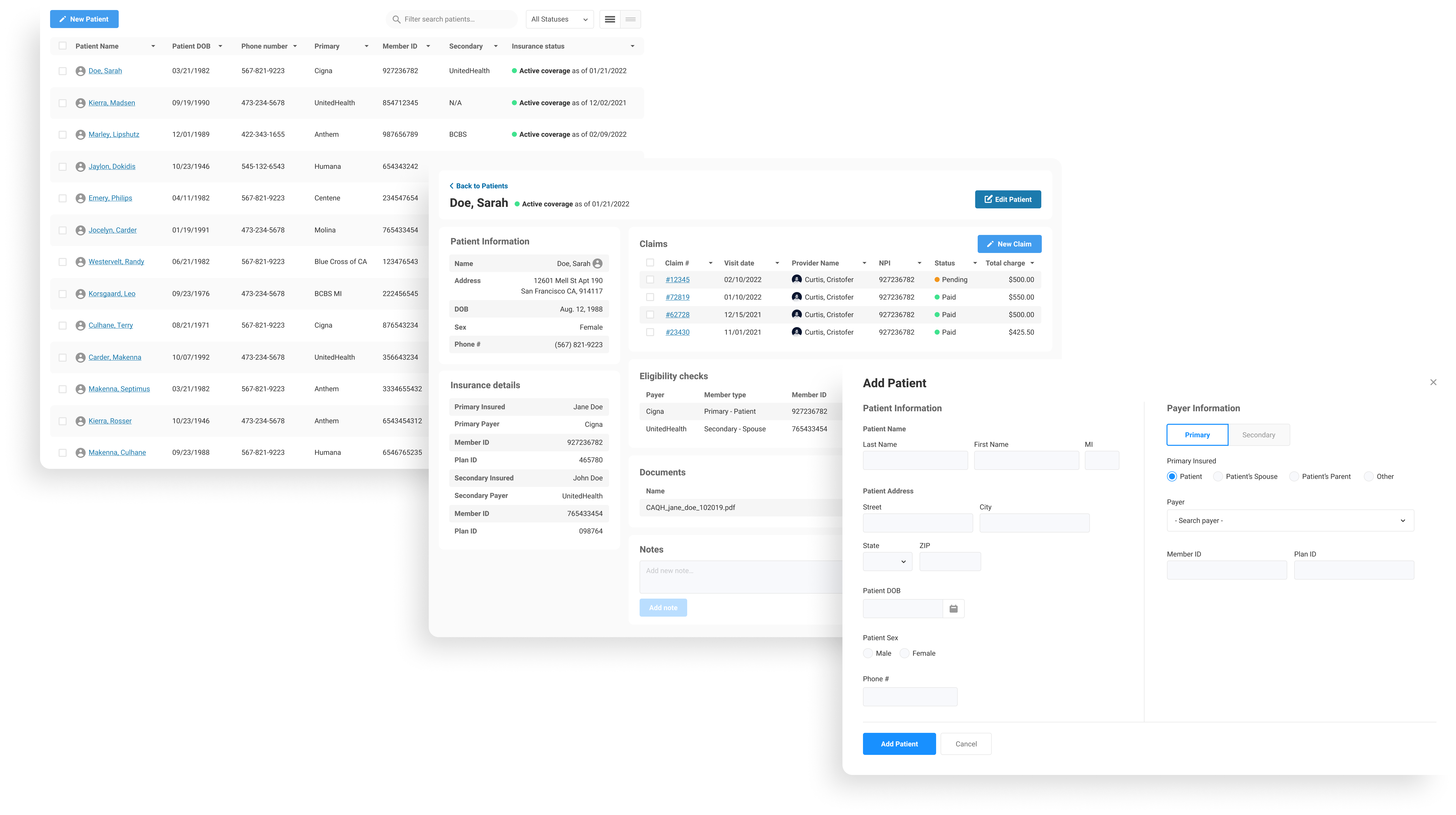Creating a design-driven company
My co-founder and I started Hey Healthcare after finding out how hard it was for healthcare providers to verify patient health insurance. After building an insurance benefit checking app, we realized it was just the tip of the iceberg of the problems plaguing revenue cycle management (RCM).

In the United States, healthcare providers spend over $280 billion on billing and insurance-related costs. Smaller providers face greater challenges because they lack the economies of scale to manage these costs. Hey Healthcare was founded to help providers stay independent by improving their cash flow with technology, design, and a better service model.



